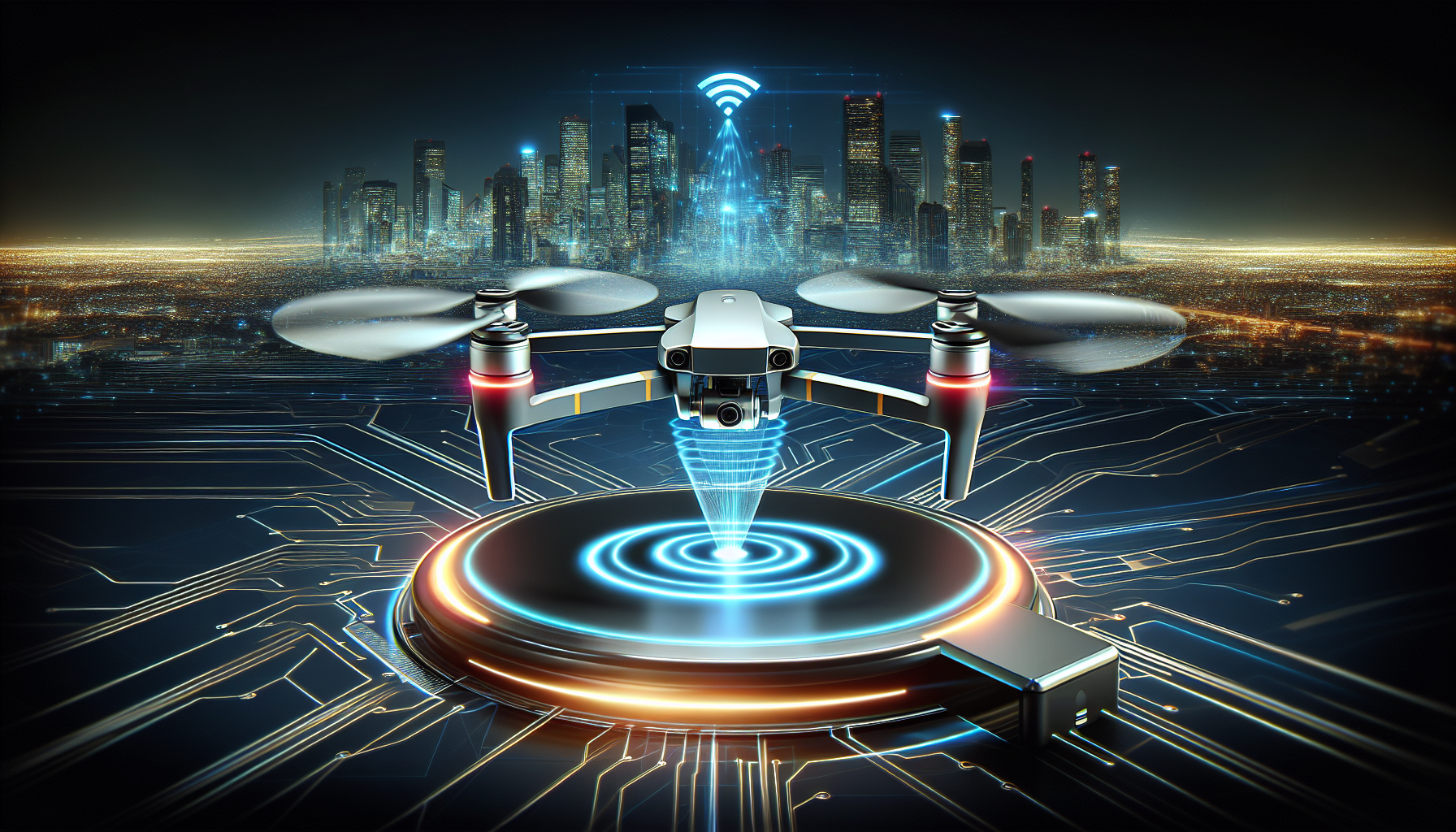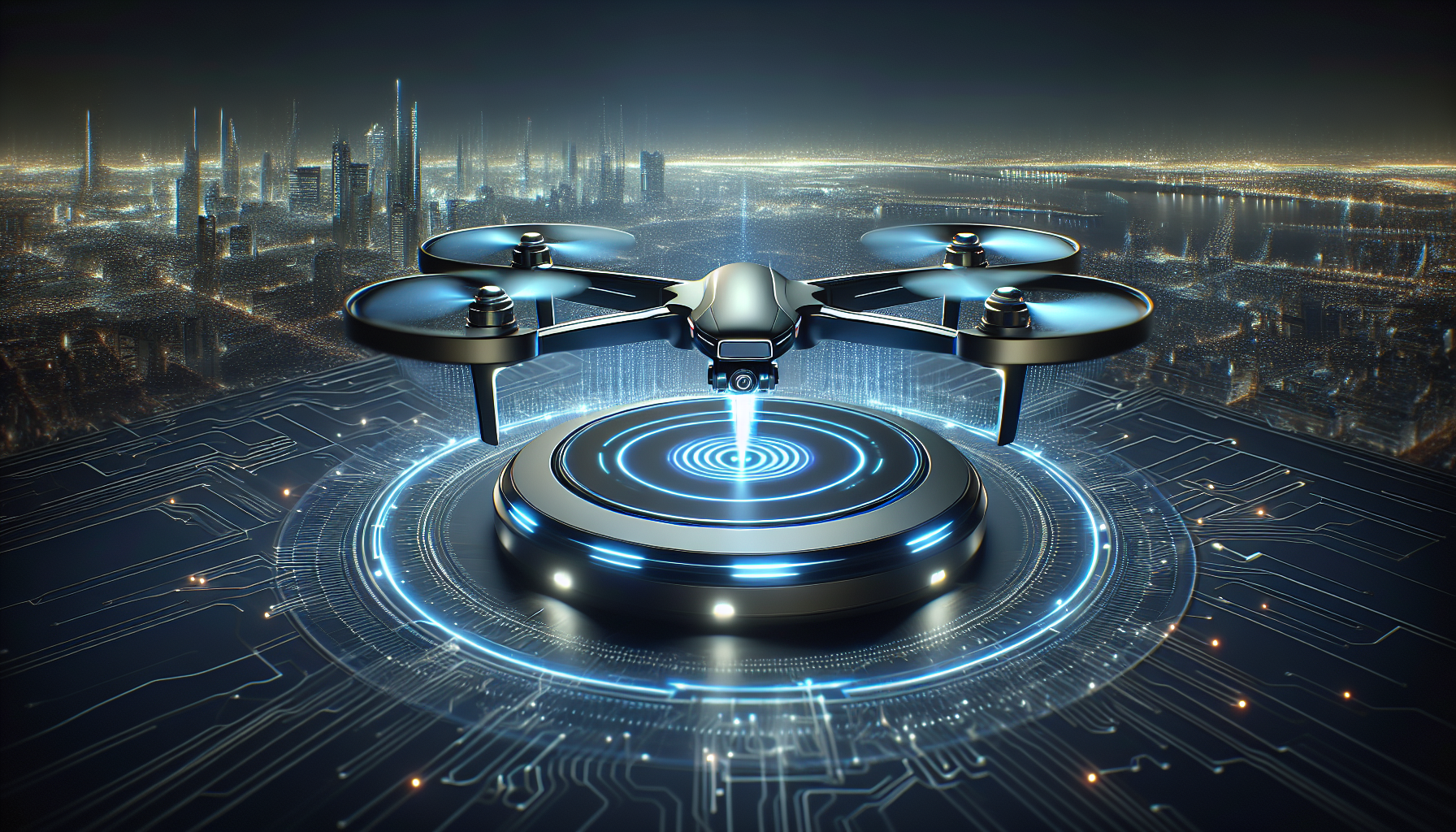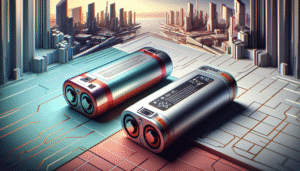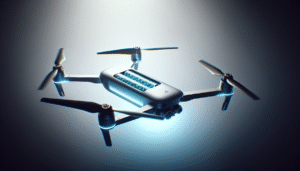Ponder the way technology occasionally makes unexpected leaps into the future, while still making us feel as if we’re in an episode of the Jetsons? I often find myself marveling at the marvels of modern tech, particularly when it comes to the fascinating advancements in drone technology. As we edge ever closer to 2025, the landscape of drone charging technology is shaping up to be a realm of possibilities, each more intriguing than the last. Let’s unwrap this shiny package of futuristic tech together and see what trends we need to be keeping an eye on as the calendar flips over to 2025 and beyond.

The Humble Beginnings of Drone Charging
Before we dive into the future, it’s always good to take stock of where we’ve been. Remember when drone batteries were akin to unsung martyrs, valiantly enduring mere minutes of flight time just to be plugged back into a lengthy charging session? Their tirelessness was admirable, to say the least.
The Limitations of Early Charging Solutions
Initially, battery technology left much to be desired. Those early lithium polymer (Li-Po) batteries were like the moody teenagers of the electronic world: unpredictable and requiring constant attention. You’d carefully monitor charging times and temperatures, lest they decided to rebel with bloated casings or worse yet, catch fire.
Evolution of Charging Stations
With time, drone enthusiasts didn’t just sit back and accept the tyranny of fleeting flight times. Charging stations evolved from rudimentary contraptions to sophisticated hubs capable of simultaneous multi-battery charging. Chargers became smarter, able to gauge temperatures and manage charging cycles automatically. It was a game-changer, and it set the stage for what was to come.
The Wireless Revolution
And then, a revelation—much like discovering that socks indeed disappear in the dryer—wireless charging technology. Imagine the luxury of charging your drone the way you charge your phone on a wireless pad. It sounds dreamy, doesn’t it?
How It Works
Wireless charging, at its core, relies on electromagnetic fields to transfer energy between objects, usually through a charging pad and a compatible device. While it started with smartphones and a few brave IoT devices, drones were soon asking for invites to the wireless party.
Current Adoption in Drones
Drones with wireless charging capabilities have started to take flight, though they’re still not the norm. The convenience can’t be overstated; it turns out, having fewer cables actually makes life better. Current models, although innovative, still have limitations in terms of range and efficiency. But like all tech trends, innovations are around the corner.

Solar-Powered Charging: An Eco-Friendly Approach
If there’s one source of energy that could make a strong case for being the universe’s ultimate multitasker, it would be the sun. It warms our skin, lights our days, and now, it’s getting in on the action with drone charging.
The Benefits of Solar Charging
Leveraging solar energy seems like a match made in heaven considering drones often operate outdoors. Using solar-powered charging stations significantly reduces our dependence on non-renewable energy sources and lowers our carbon footprint—making green geeks (like myself) smile a little wider.
Implementations and Challenges
Though the concept glistens with promise, achieving efficient solar charging hinges on geography and weather conditions. Cloudy days can put a damper on charging efficiency. As we embrace this technology, geographical location will become a critical factor in deployment success.
Battery Swapping: An Ingenious Solution
Now here’s a nifty solution akin to a NASCAR pit stop. The idea isn’t to replace the runway with a lengthy charging session but rather to swap out the empty tank (or in our case, battery) with a fresh one.
Swapping Stations
Battery swapping stations promise convenience and speed. In this setup, drones can autonomously land at a designated location, drop off their depleted battery, and pick up a fully charged one in return. It’s like drone drive-thru, only much cooler.
Limitations and Considerations
The potential downside? Standardization. Without a uniform battery pack size and shape, manufacturers may create proprietary systems, complicating interoperability efforts. It’s the charger port wars all over again.
AI and Machine Learning Integration
If you thought AI was done sprinkling its magic over our technology, think again! The infusion of artificial intelligence and machine learning is not just a trend but a noteworthy transformation.
Smarter Charging Systems
AI-driven systems can optimize charging protocols by collecting and analyzing data about battery health and usage patterns. They offer predictive insights and can automatically adjust to ensure optimal charging conditions. Picture a thoughtful assistant who remembers your coffee order and knows today is the day you’d prefer an extra shot of espresso.
Automation in Charging
AI can propel automation in drone charging systems further. It could guide drones seamlessly to self-navigating charging stations, resulting in minimal human intervention. Let’s be honest, we can all do with one less thing to remember.
The Role of Infrastructure
While individual components of drone charging technology are dazzling in their own right, it’s the infrastructure that determines how far and wide we can cast this net.
Urban Applications
The integration of charging stations into urban landscapes is crucial for successful adoption. Urban infrastructure needs to evolve to support this new wave, incorporating charging networks smartly into city planning. We envision drone charging hubs on skyscraper rooftops and within city parks.
Rural Impact
Charging infrastructure also holds the potential to bridge gaps in remote locations. Imagine the possibilities of agricultural lands or forests with strategically placed charging pads that allow for longer and more effective surveying.
Industry Standards and Regulations
All advancements are only as useful as the regulatory frameworks guiding them. As the industry zooms into new territories, the groundwork for uniform standards and rigorous safety measures must be laid out with precision.
Standardization Across Platforms
For widespread implementation, interoperability between different manufacturers and systems is vital. Setting industry standards will pave the way for uniformity—the kind needed for global scalability and safety.
Safety Protocols
Ensuring safety in charging technology can’t be sidelined. New standards must encompass safe operations, reducing risks associated with autonomous operations, and ensuring that new tech holds up against cybersecurity threats.
The Road Ahead
If the journey towards 2025 and beyond seems like a wild parade of possibilities, you’re right. The industry stands on the brink of a technological renaissance, one that’s sure to reshape drone technology in ways we’ve only dreamed of.
Predictions for Future Trends
Advanced materials and nanotechnology could usher in batteries with greater capacity and longevity. We may soon witness drones that barely pause to catch a breath before taking to the skies again. In addition, energy harvesting technologies, integrating ambient energy capture, evoke a future where drones are perpetually powered.
The Impact on Industries
These advancements are bound to reshape multiple industries—from logistics, where drones deliver packages, to healthcare, where they act as airborne first responders. The potential for positive societal change is limitless.
In closing, as we prepare to embrace the realities of 2025 and beyond, the trends in drone charging technology inspire a blend of anticipation and excitement. While we may still be working out the kinks, one thing is clear: the future of drone charging technology is hovering just above us, and I, for one, am looking up in earnest.


